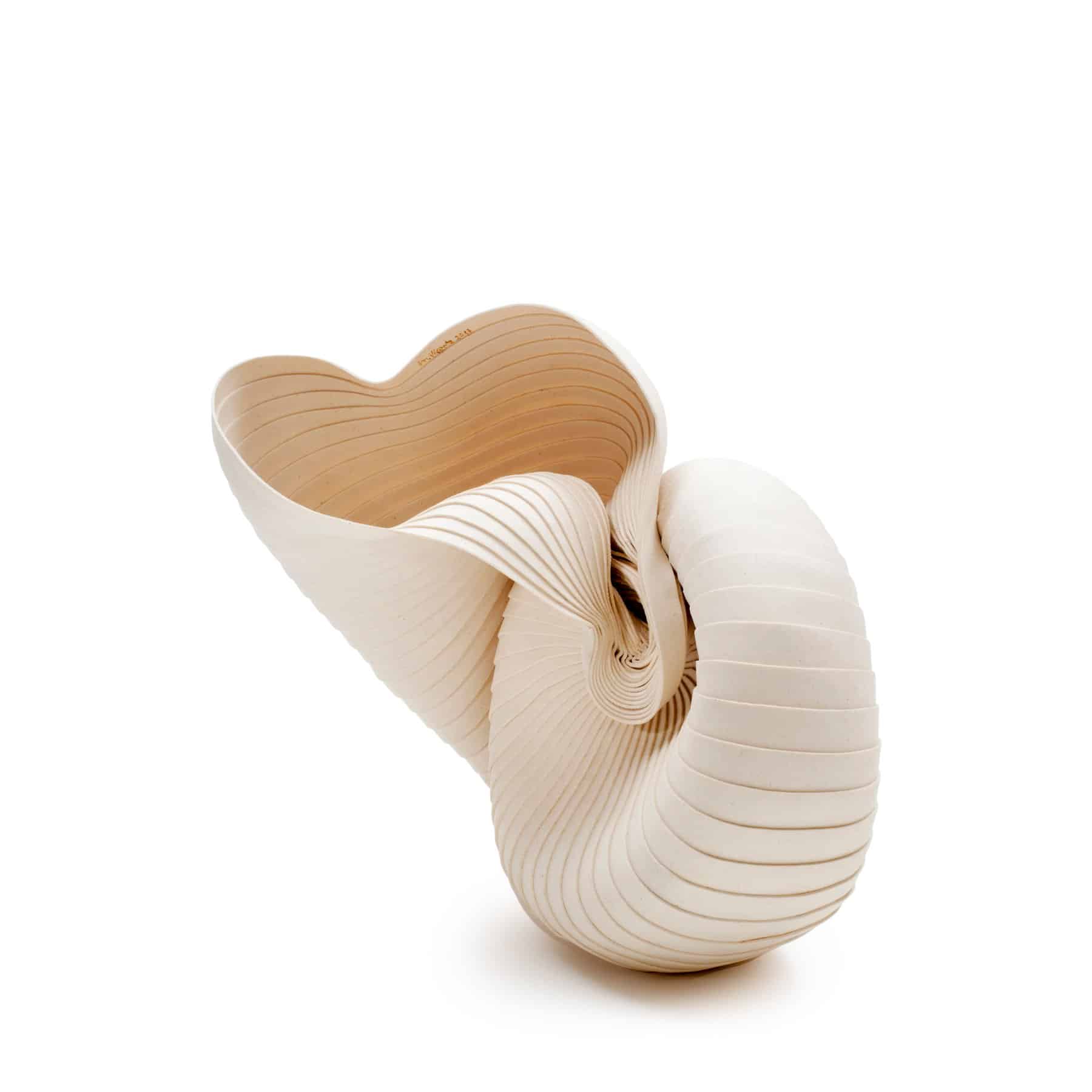
Auction Houses: Facilitating the Exchange of Value and History
The Role of Auction Houses
Auction houses, whether physical locations in major cities or digital platforms serve as vibrant auction marketplaces. These organisations serve as trusted experts in a specific high-value market. Auction houses, big or small, support sellers and buys in the fields, from artwork and antiques to real estate. They establish an organised, transparent framework, becoming an intermediary between sellers and buyers. Therefore ensuring every transaction proceeds with integrity and fairness.
Consigning Items
The auction process commences when a potential seller presents an item to sell to an auction house. Drawing upon their profound knowledge of market trends and item value, the auction house carefully evaluates the potential sale item, scrutinising factors such as rarity, condition, provenance, and market trends. Should the auction house find the item suitable for sale, they establish a contract with the seller detailing the reserve price and the seller’s commission.
Cataloguing
The auction process involves a crucial step known as cataloguing, where the auction house meticulously documents the items for sale. This process includes photographing the items, researching their history, and writing detailed descriptions. The produced catalogue, teeming with valuable insights, becomes accessible to prospective bidders, enabling them to examine the items, delve into their histories, and identify their interests before the auction unfolds.
Exhibition and Inspection
Auction houses add a layer of transparency and involvement to the process through pre-auction viewings or exhibitions. Here, potential bidders can inspect items up close, gaining an understanding and appreciation of the items’ qualities. In online auctions, high-quality photographs and comprehensive descriptions provide bidders with a virtual avenue to explore the objects of their interest.

The Auction Process
The auction event bubbles with anticipation and excitement. The auctioneer presents each item, and attendees, phone bidders or online participants place bids. Sometimes buyer assigns a trusted person to carry out the bidding. Like a conductor controlling a symphony of bids, the auctioneer guides the pace and increments of the bidding. The declaration of the highest bidder marks the end of an item’s journey through the auction process when no higher bids come forth.
Payment and Transfer
The bidding process’s conclusion gives way to payment and transfer. The winning bidder must pay for the item, which includes the buyer’s premium—an extra fee for the auction house calculated as a percentage of the winning bid. After confirming the payment, the auction house transfers the item’s ownership to the winning bidder, signifying the successful conclusion of the transaction.
Payout to Consignor
Once the auction dust settles, the auction house remembers the consignor, the initiator of this process. They calculate the payout as the item’s final sale price minus the seller’s commission and other agreed-upon fees and pay the consignor. This process ensures a fair distribution of proceeds and concludes the auction process.
Variations in Auction Practices
Although the process in the preceding chapters represents a traditional auction, it is essential to note that practices can vary. The specifics might shift depending on the type of auction (English auction, Dutch auction, sealed bid, etc.) and different auction houses’ rules. This chapter delves into these variations, illuminating the rich tapestry of auction practices worldwide.
Here is a list of the most popular UK auction houses: Christie’s, Sotheby’s, Phillips, and Bonhams are the most famous. But there are many more, such as Chiswick Auctions and an online art auction platform Artsy.







